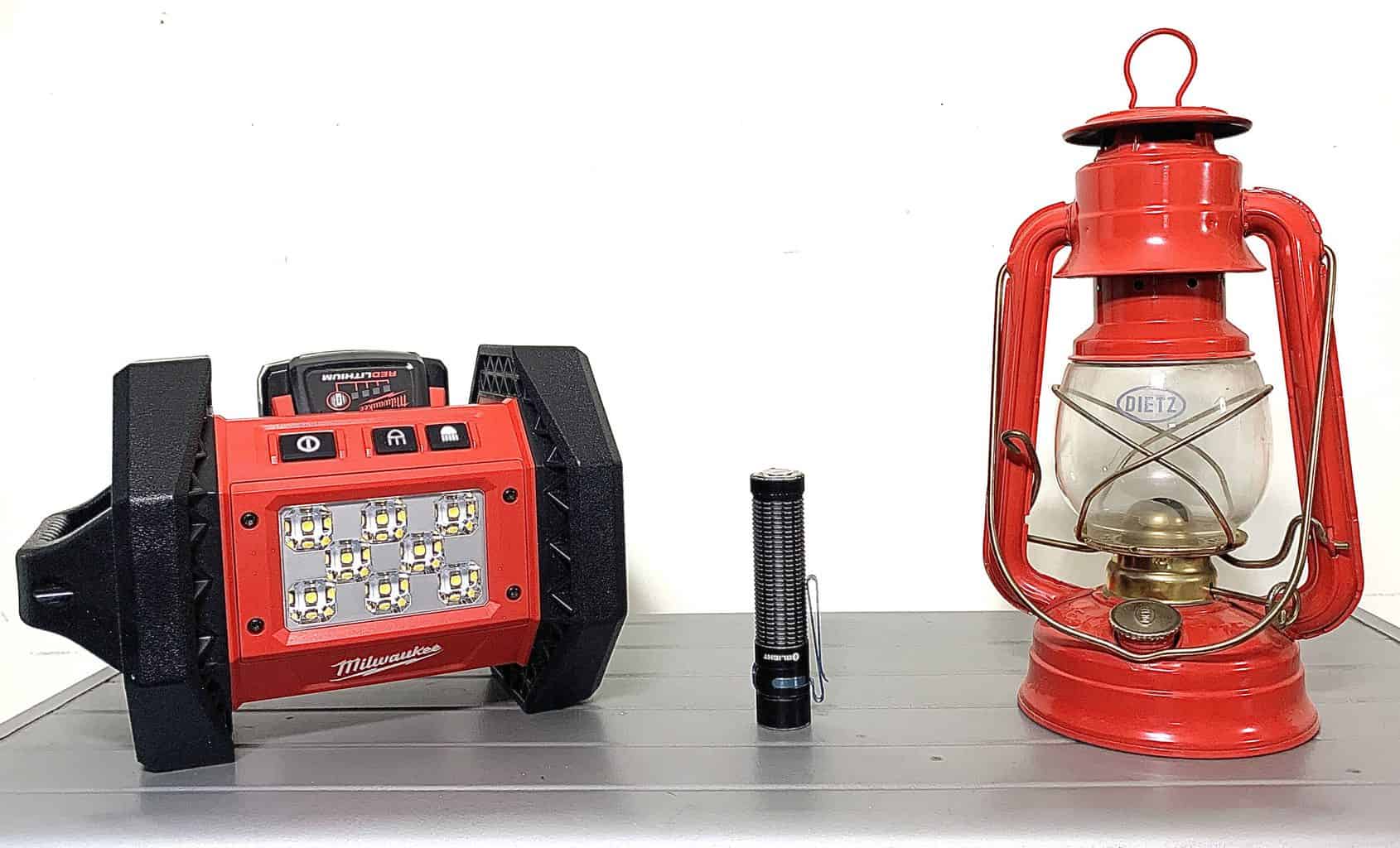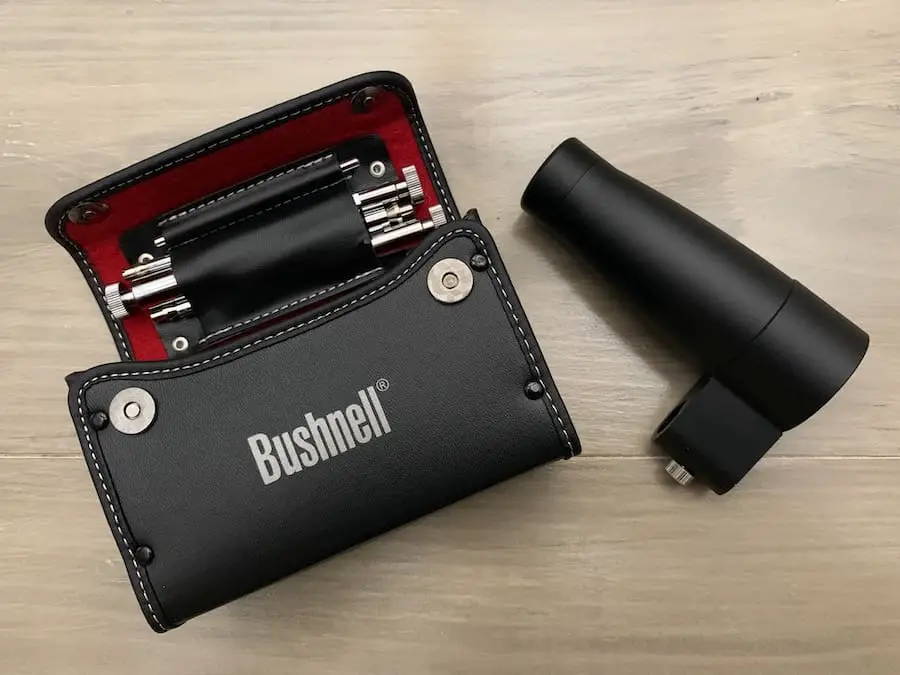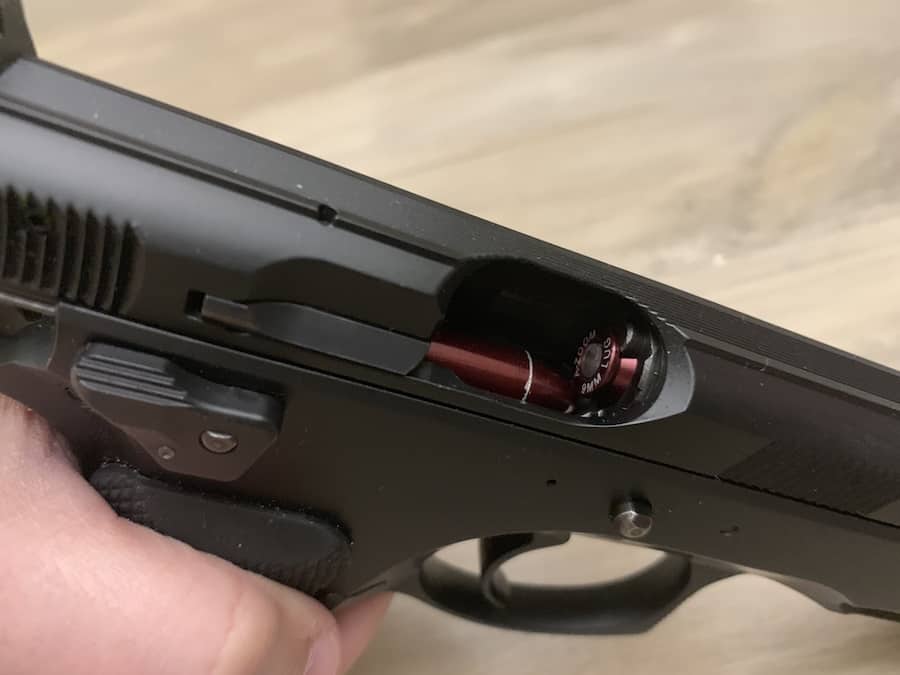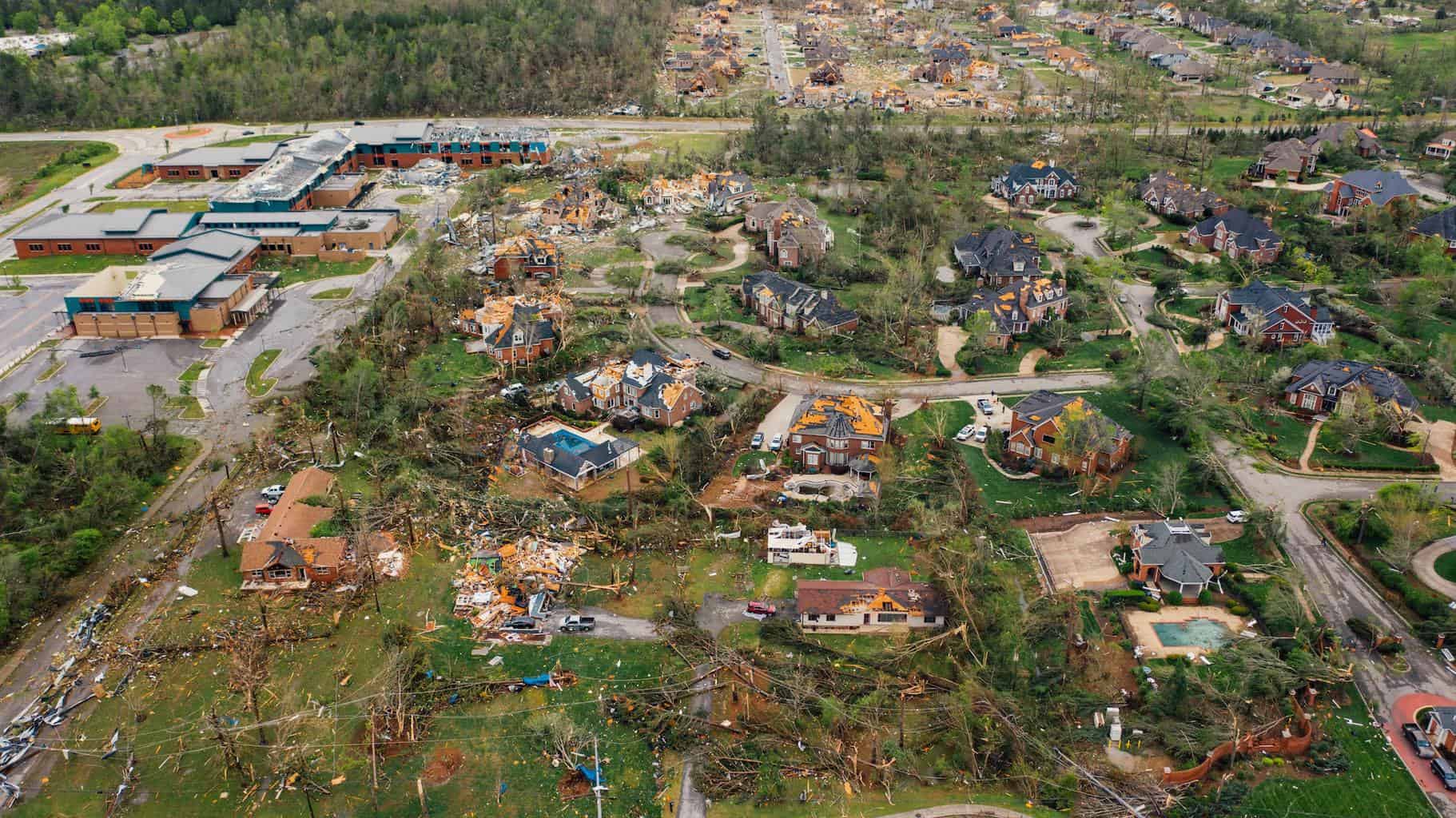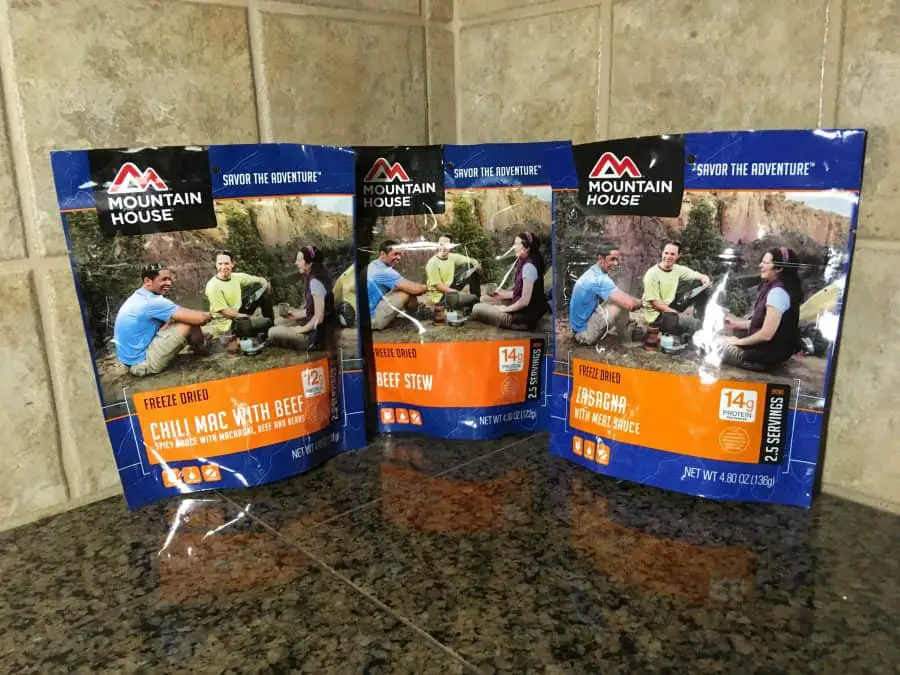How Should New Preppers Spend Their Money?
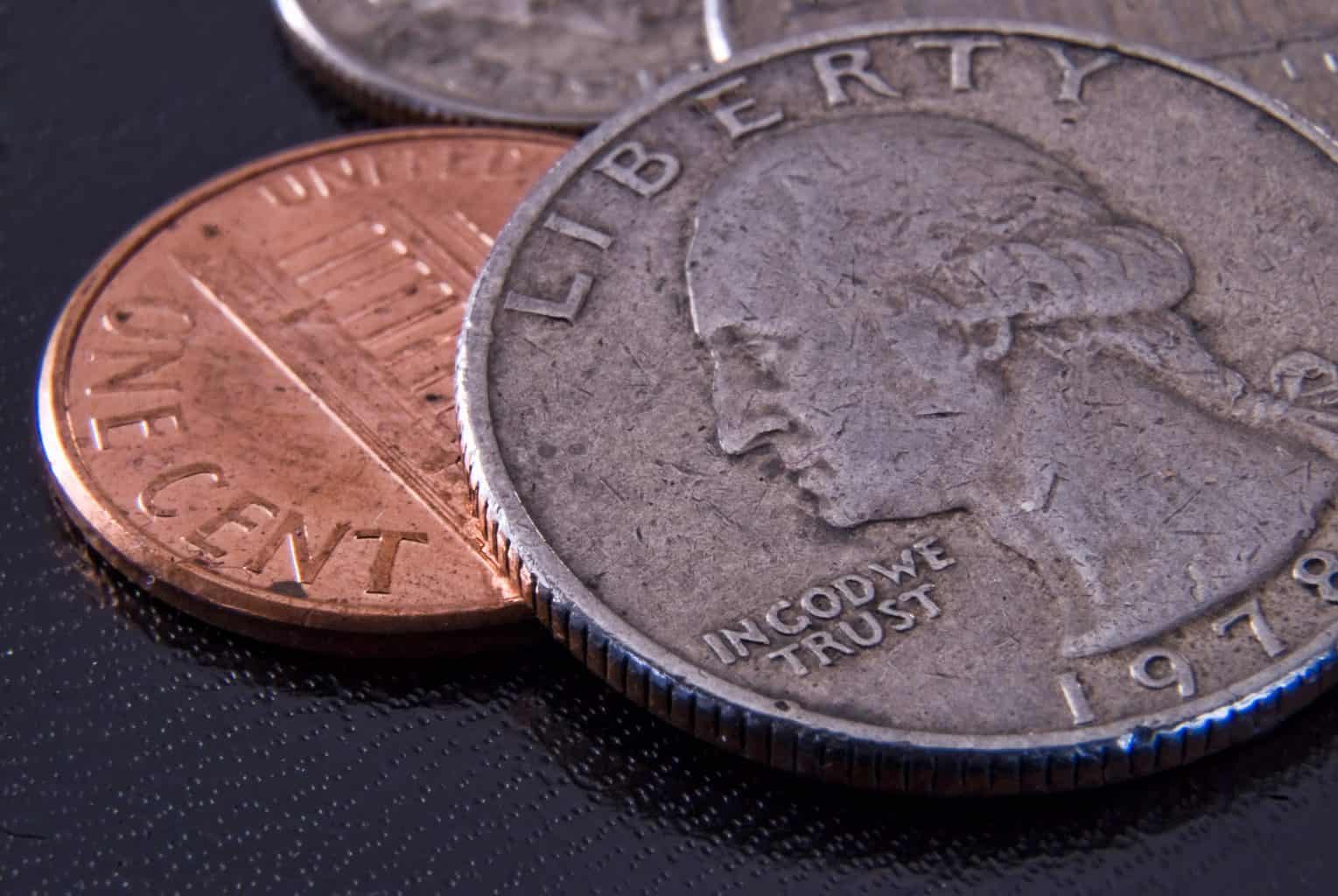
Prepping can get pretty expensive, which can be overwhelming for someone who is just starting out as a prepper. Many new preppers wonder what areas of preparedness that they should spend money on first.
New preppers should spend their money on the following areas:
- Food and Water Storage
- Household Essentials
- First Aid and Medications
- Their Everyday Carry
- A Lights Out Kit
- Defense
Focusing on those areas of preparedness will help a new prepper survive short-term emergencies with relative ease. It will also help them to build the foundation for being ready for more serious or long-term situations as well.
Food and Water Storage
The first thing that a new prepper should spend money on is food and water storage. Food and water are the most basic essentials and deserve to be at the top of the list.
Food Storage
When it comes to food storage, focus on non-perishable foods like canned goods, pastas, and grains. Picking up one or two extra cans of chili or packages of rice can add up quickly if you do it consistently.
When storing foods such as rice long-term it is best to keep them in clean food-safe containers such as sealed buckets. When placed in sealed Mylar bags white rice can store for several years.
Related: How Do Preppers Store Food?
Another food storage option that new preppers may want to consider is freeze-dried camping or survival meals. Many companies produce these, but I prefer those made by Mountain House which you can find by clicking here.
In addition to being tasty, Mountain House meals are available locally to pretty much everyone, at least in the United States. You can find them in sporting goods stores and even your local Walmart. I try to pick up at least one pouch each time I get paid.
Related: Mountain House Meals and Prepping
Another advantage that freeze-dried foods have is that they are extremely lightweight, even in bulk. This makes them an excellent choice for bug out bags. Their main downside is that they are more expensive than other types of food storage
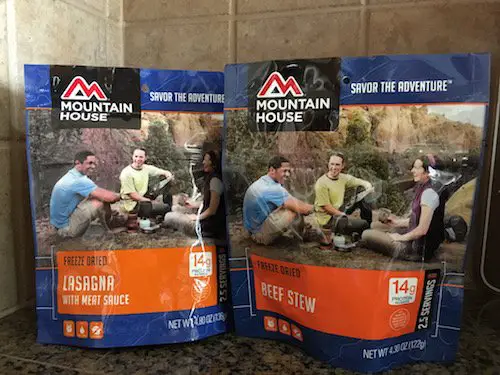
Water Storage
New preppers have many options when it comes to water storage. The easiest way to start is to purchase an extra case of bottled water each time you go to the store. Store brands are pretty inexpensive and should be within the budget of most people.
Related: How Do Preppers Store Water?
From there, you could purchase water storage containers. These are meant to hold and transport water while camping and usually hold between 5 and 7 gallons. My favorite is the Reliance Aquatainer which you can find by clicking here. I own a few of them and have found them to be durable and well-designed.
In addition to storing water, a new prepper should also consider how they can replenish their water sources. Water takes up a lot of space, making it difficult to store large quantities, especially if you live in an apartment or don’t have a yard.
Every prepper should have a reliable water filtration system. Small and inexpensive filters such as the Sawyer Mini are good choices for individual water needs and work well in bug out or EDC (everyday carry) bags.
Related: Recommended Water Filters
Larger units, such as those produced by Berkey are good choices for providing water for an entire family. They are more expensive than smaller filters but are capable of filtering large quantities of water with very little effort. Their purification elements also last a very long time. My family uses our Berkey daily. You can find a Berkey water filter by clicking here.
Related: Berkey Water Filter Review
How Much Food and Water Should a New Prepper Store?
A new prepper should immediately purchase enough food and water to last themselves and their loved ones for two weeks. However, this should only be considered a starting point. A good long-term goal is to have enough food and water set aside to last 6 months to a year.
A two-week supply of food and water should be able to sustain you and your loved ones through most minor local weather emergencies. However, it could be insufficient for longer-term situations, especially in hurricane-prone areas.
My attitude regarding food and water storage is that it should grow and adapt constantly. It should take into account the size of your family, any unique dietary needs that are present, as well as the storage space that you have available.
My goal is to reach the point where I have 6 months to a year of food and water set aside. From there, I will focus more on increasing my ability to produce my own food.
Household Essentials
The next thing that new preppers should spend their money on is household essentials. These are items that you use every day that are necessary to keep your home clean and hygienic. They include:
- Toilet paper
- Paper towels
- Dish soap
- Trash bags
- Disinfectant sprays
- Disinfecting wipes
- Bleach

The first part of 2020 showed how quickly items such as these disappear when people start to panic. I’ll admit that I wished that I had more of these on hand, especially the disinfecting wipes.
Related: Best Prepper and Survival Items at Walmart
In addition to items used to keep your home clean, new preppers should also make sure that they have what they need to keep themselves clean. These items include:
- Hand soap
- Alcohol-based hand sanitizer
- Shampoo
- Body soap
- Toothpaste and mouthwash
- Additional toothbrushes
- Feminine hygiene products
Having the ability to keep your surroundings and yourself clean will make a bad situation much more bearable. It will also reduce the chance of illness and disease.
First Aid and Medications
Another area that new preppers should spend money on is first aid and medications. This is especially true if you or a loved ones has medical needs.
If you need prescription medications, do what you can to store as much as possible. Talk to your doctor to see what your options are. At the very least try to refill your prescriptions early so you can have a backup supply.
In addition to prescription medications, new preppers should build their stores of over the counter medications for common ailments. These include:
- Antidiarrheals (Pepto Bismol, Imodium)
- Pain Relievers (Acetaminophen, Ibuprofen, Aspirin)
- Cold and Flu (DayQuil, NyQuil)
- Antihistamines (Benadryl, Claritin, Zyrtec)
- Antacids
Separate from medications, new preppers should have items needed to treat injuries. Start with simple items such as:
- Bandaids
- Antibiotic ointments
- Antiseptics (Isopropyl alcohol, Hydrogen Peroxide, Povidone Iodine)
- Gauze
Beyond items such as these, it is a good idea to learn how to deal with more severe injuries and have the tools to treat them. For example, a tourniquet can help stop severe bleeding.
Everyday Carry
The next area that a new prepper should spend their money on is to build a high-quality EDC or Everyday Carry. An EDC consists of items that you can use to make your everyday life easier and could help save you in an emergency.
When building your EDC be sure to select high-quality items. They don’t have to be expensive, but they should be reliable, durable, and do what you need them to do.
Unfortunately, there are a lot of poor-quality EDC tools on the market. You can see several examples of these in my article, Survival Gear to Avoid Like the Plague, by clicking here.
A Prepper’s EDC Should Include the Following:
Wallet: A way to keep your ID, some cash, and credit cards on your body.
Knife: There are a lot of options for this, but it all comes down to personal preference. Some prefer a fixed-blade, while others like tactical folders. I am currently carrying a Kershaw Cryo.
Multitool: This could be a large pliers-based multitool such as a Leatherman or a Swiss Army Knife. I carry a Victorinox Swisschamp in my pocket daily and have a larger pliers-based Swisstool multitool in my EDC bag.
Flashlight: A flashlight is an item that you don’t realize how handy it is until you start carrying one. Modern technology has made flashlights brighter and smaller than ever before. I carry the Olight Warrior Mini which you can find by clicking here.
Related: Olight Warrior Mini Review
Communication Device: For most people, this is a cell phone. Make sure that it is well-protected in a good phone case. Otterbox and Lifeproof both make good products.
These items are what I consider to be the bare minimum for an EDC. They give you a lot of capability but can still be carried on your person. You can always use a backpack to carry additional items depending on your needs and your environment.
Related: EDC Gear Recommendations
Lights Out Kit
The next area that a new prepper should spend their money on is a lights out kit. This will be used to get you through short-term power outages caused by storms or other minor disruptions.
I will list some items that you need to include in a lights out kit in the next paragraph. However, if you want to learn more about lights out kits and the items in them, you can check out my article, How to Build a Lights Out Kit by clicking here.
Every prepper should have the following items in their lights out kit:
- Battery-operated lantern
- Flashlights for each member of the family
- A battery-operated radio
- Battery-powered fan
- Spare batteries for electronic devices
- Candles and oil lamps
- A fire extinguisher (in case something goes wrong with the candles or lamps)
- Propane-operated space heater
- Propane camp stove
- Propane bottles
- Blankets

Note: If you have cordless power tools, you may be able to purchase lights and fans that use the same batteries as your tools. Milwaukee, Makita, Dewalt, are just a few of the companies that offer such items.
Related:
Defense
The next thing that new preppers should spend their money on is defense. Being able to protect yourself, your loved ones, and your preps is a vital part of being prepared.
Below are some options for self-defense tools:
Firearms
The most effective self-defense tool is a well-maintained firearm in the hands of someone who knows how to use it. While some preppers may not like the idea of firearms, it is hard to argue against their effectiveness.
Related: Best Prepper Guns
If you can only afford one firearm, I would suggest investing in a quality handgun. Rifles and shotguns may be more powerful but a pistol can be carried more places. This makes it the gun that you are most likely to have with you when you need one.
Related: Best Handguns for Preppers
Once you have a firearm, be sure to get plenty of ammunition and magazines for it. Availability of these items can be pretty volatile, especially after shootings and elections. Investing in training from a qualified instructor is essential as well, especially if you are a new gun owner.
Pepper Spray and Tasers
It is also a good idea for new preppers to invest in less-lethal self defense tools. The most common ones are pepper sprays and tasers.
Pepper sprays have the advantage of allowing you to maintain distance from whatever is threatening you. Options range from small keychain devices all the way to large cans of “bear spray”.
One downside to sprays such as these is that they can also injure the user or bystanders. While most of the spray may score a direct hit on the intended target, mist can still get into other people’s eyes or be breathed in accidentally.
Related: Prepper Home Security: Stay Safe Now and During a Disaster
Tasers come in a wide variety of shapes and sizes and work by zapping the snot out of a bad guy with an intense electrical shock.
My only issue with them is that you have to be pretty close to whatever is attacking you for them to be effective. Most rely on direct contact while more expensive ones shoot out barbs connected to wires that deliver the shock.
Knives and Impact Weapons
Preppers who live in an area with strict weapons laws or a small budget may need to rely on knives or impact weapons for protection. Defensive knives can be either fixed blades or folding knives.
Related: Knives Preppers Need: Ultimate Prepper Knife Loadout
The most common example of an impact weapon is a baseball bat, however other items such as hammers can work as well.
As a rule, I don’t recommend relying on these types of weapons as your primary means of self defense unless you absolutely have to. Many of them require training and physical fitness to be used properly. In addition, you have to be very close to your attacker for them to be effective. The more space you can put between you and the danger the better.

